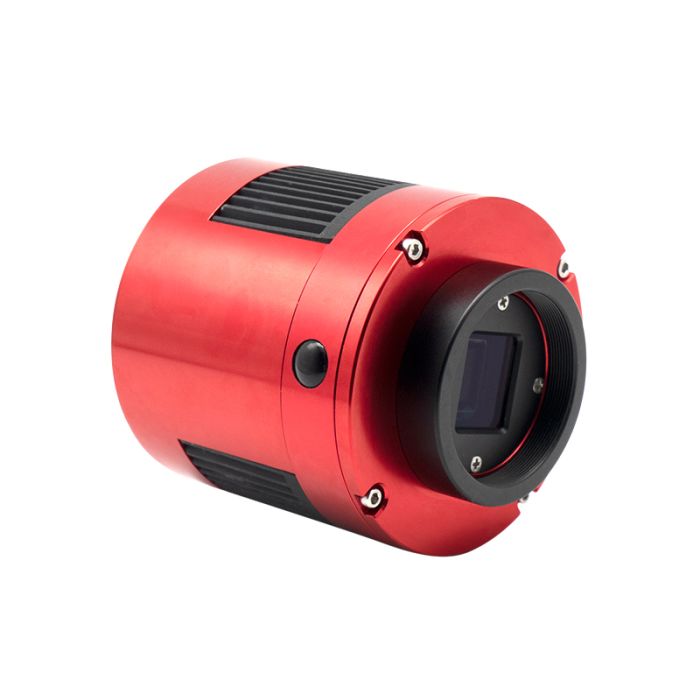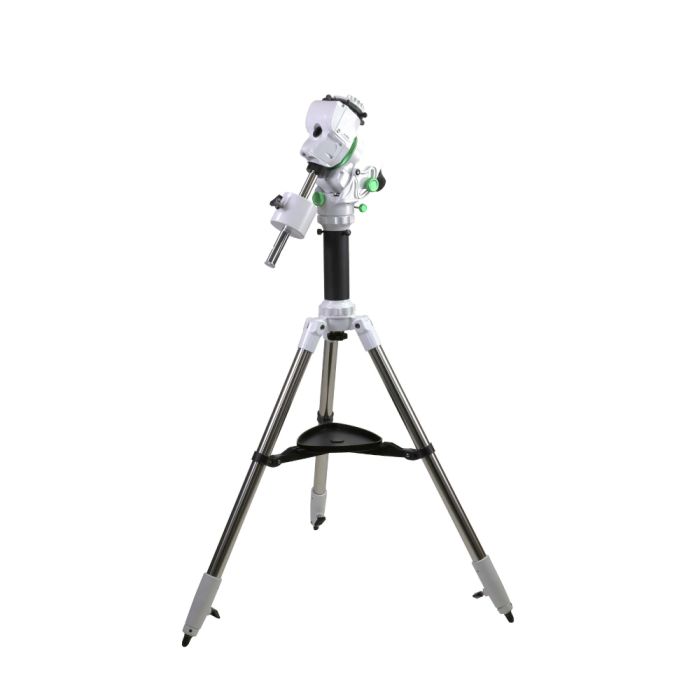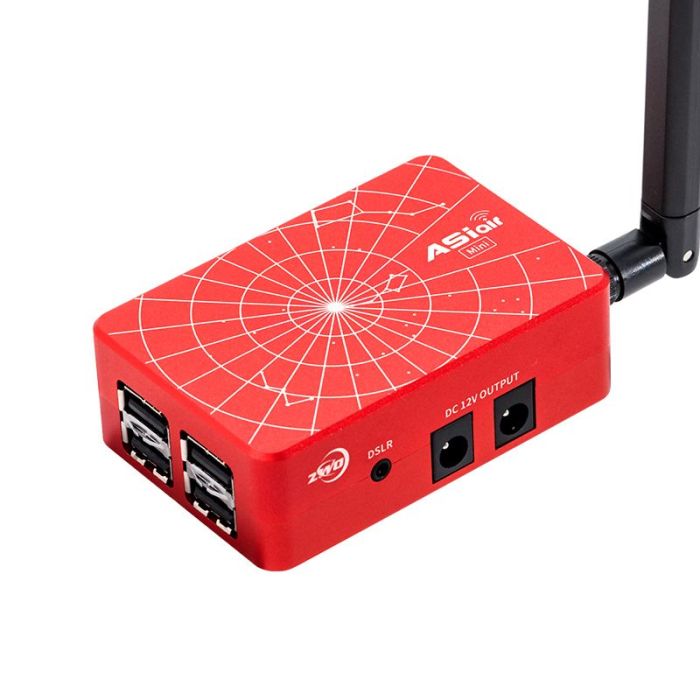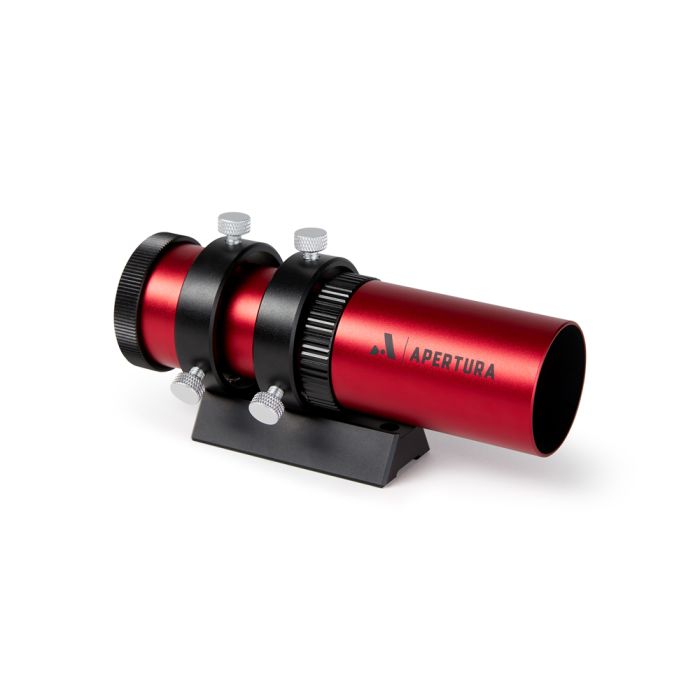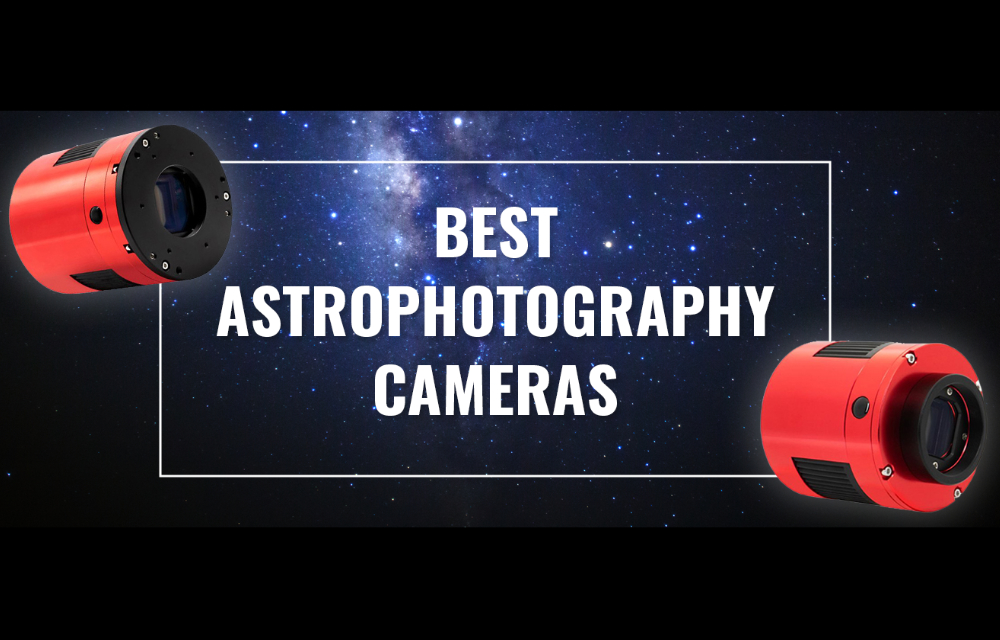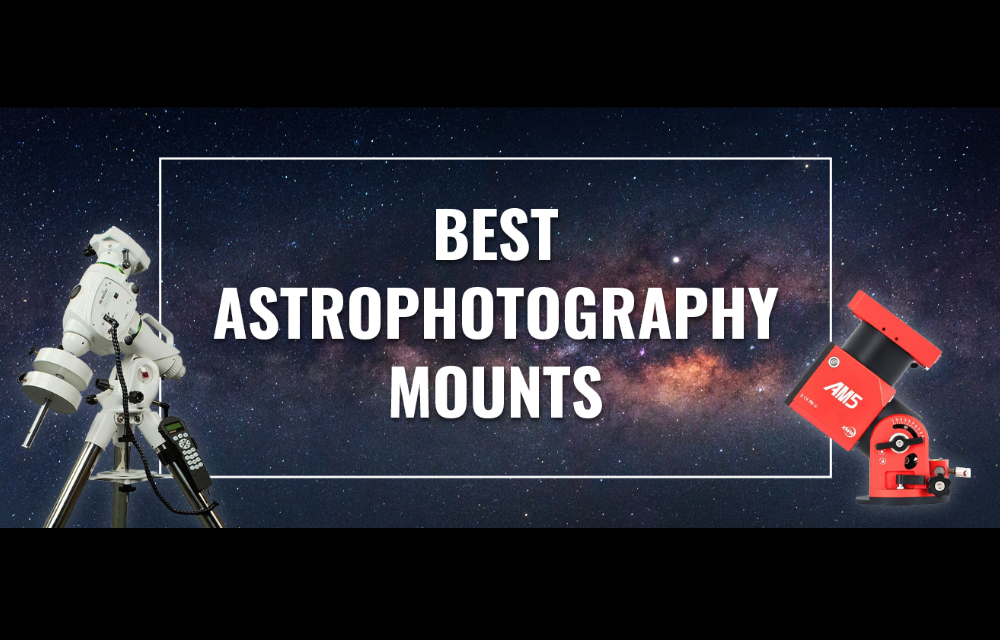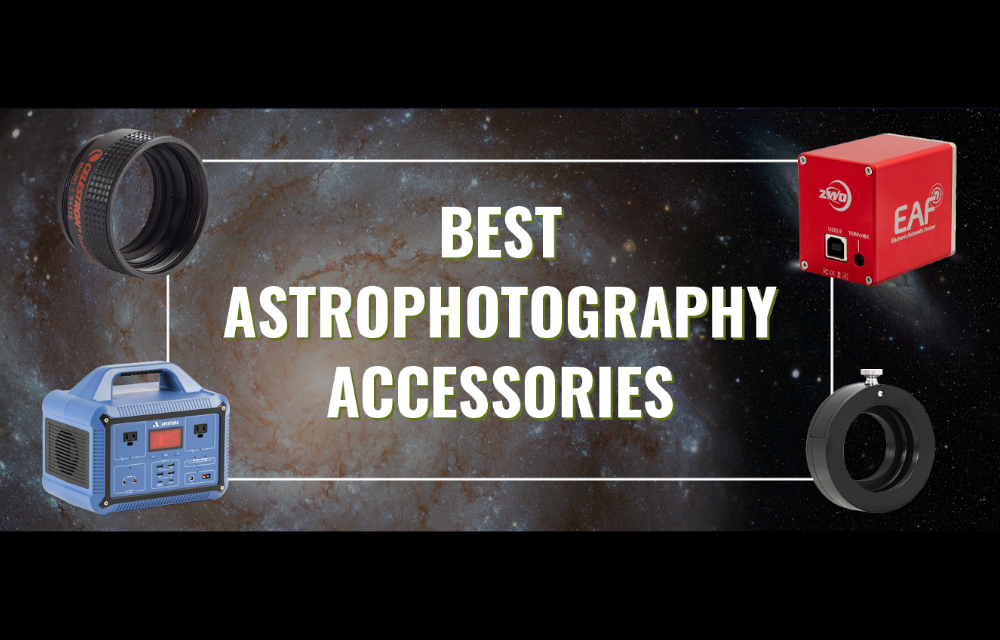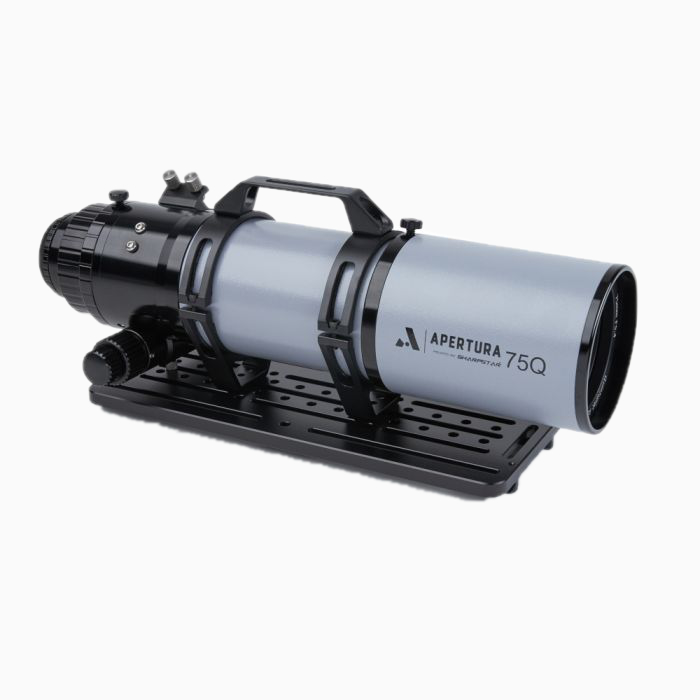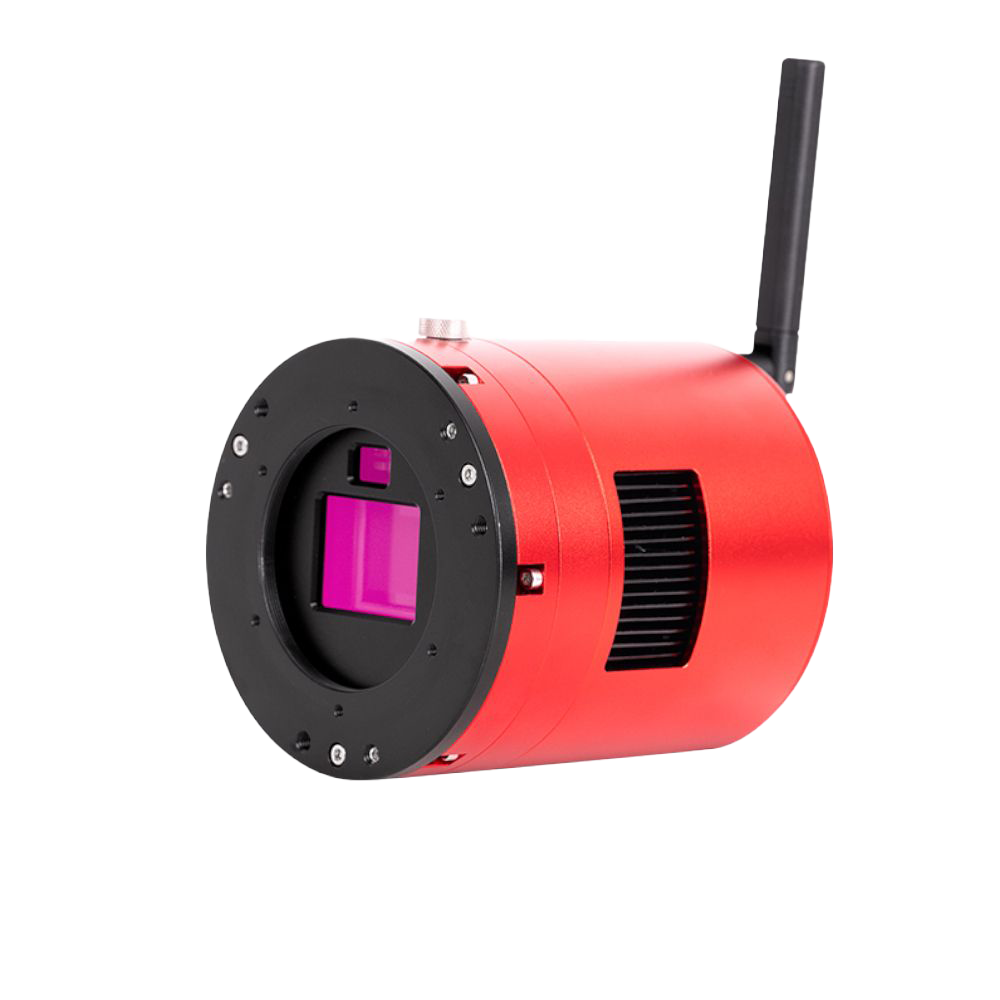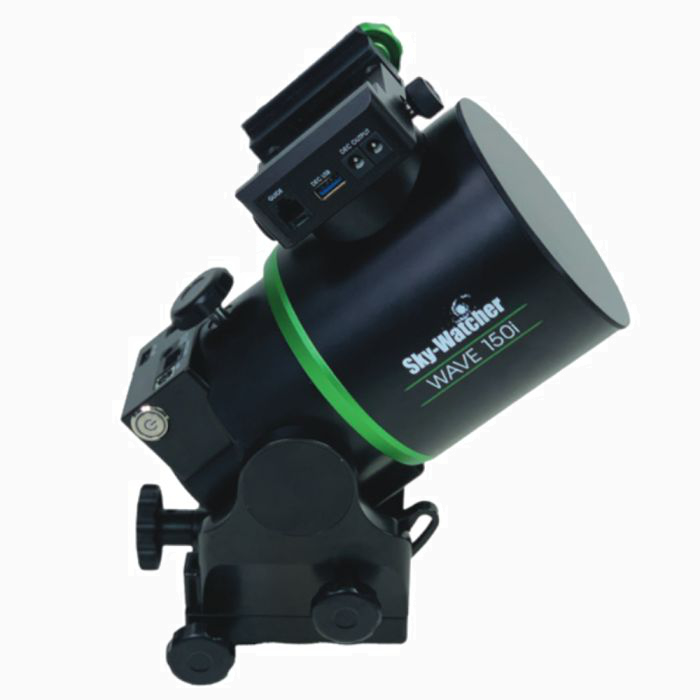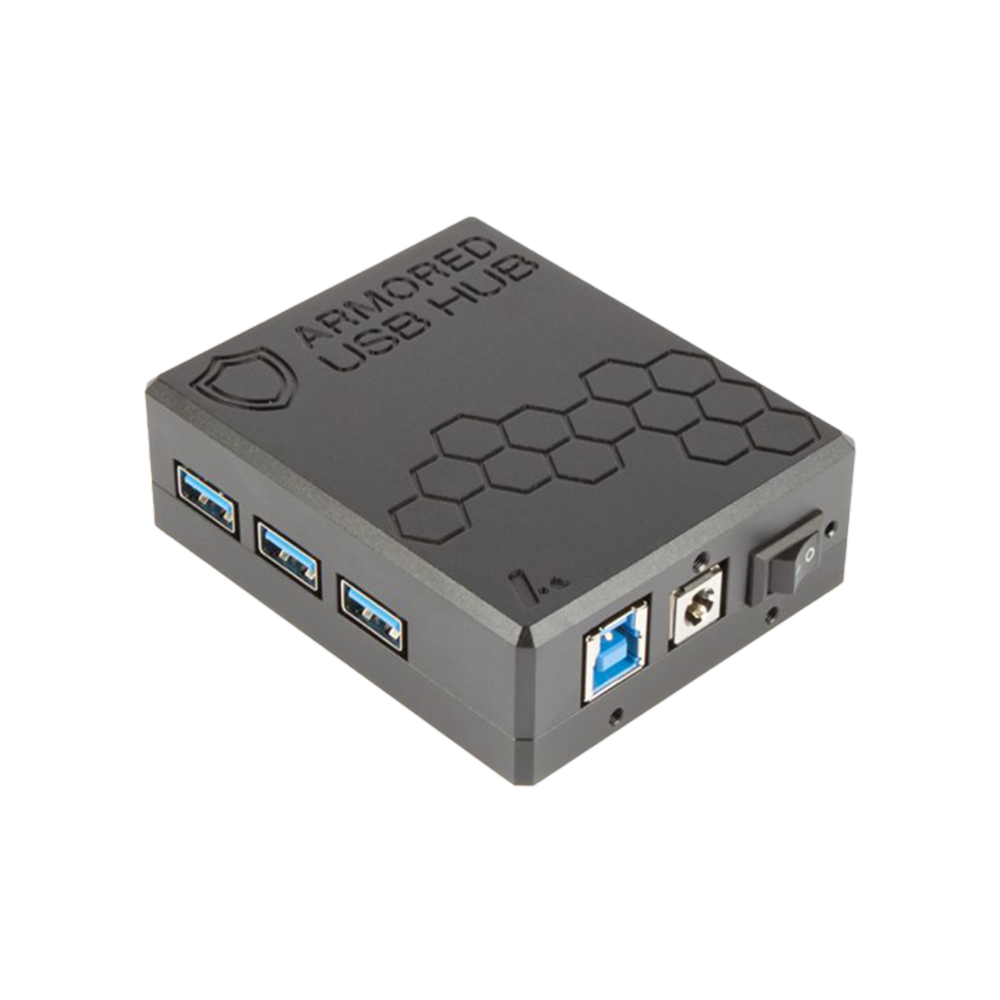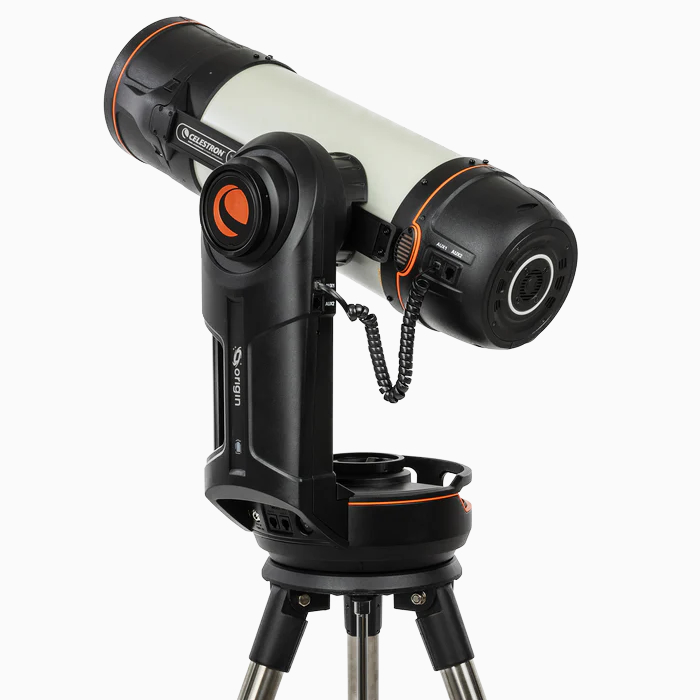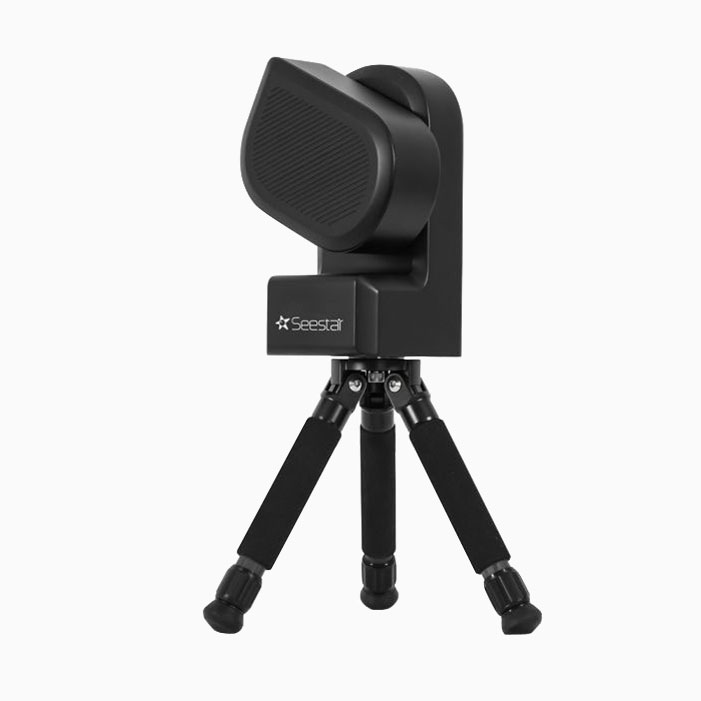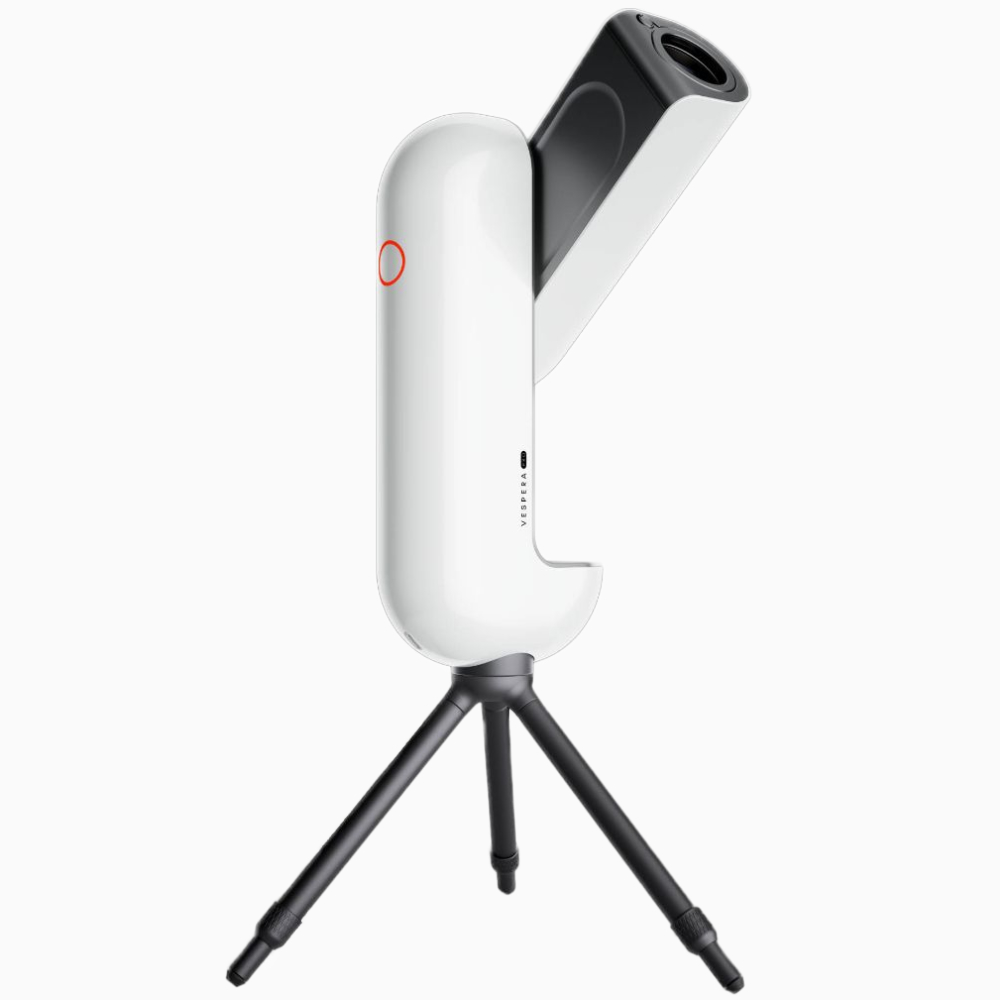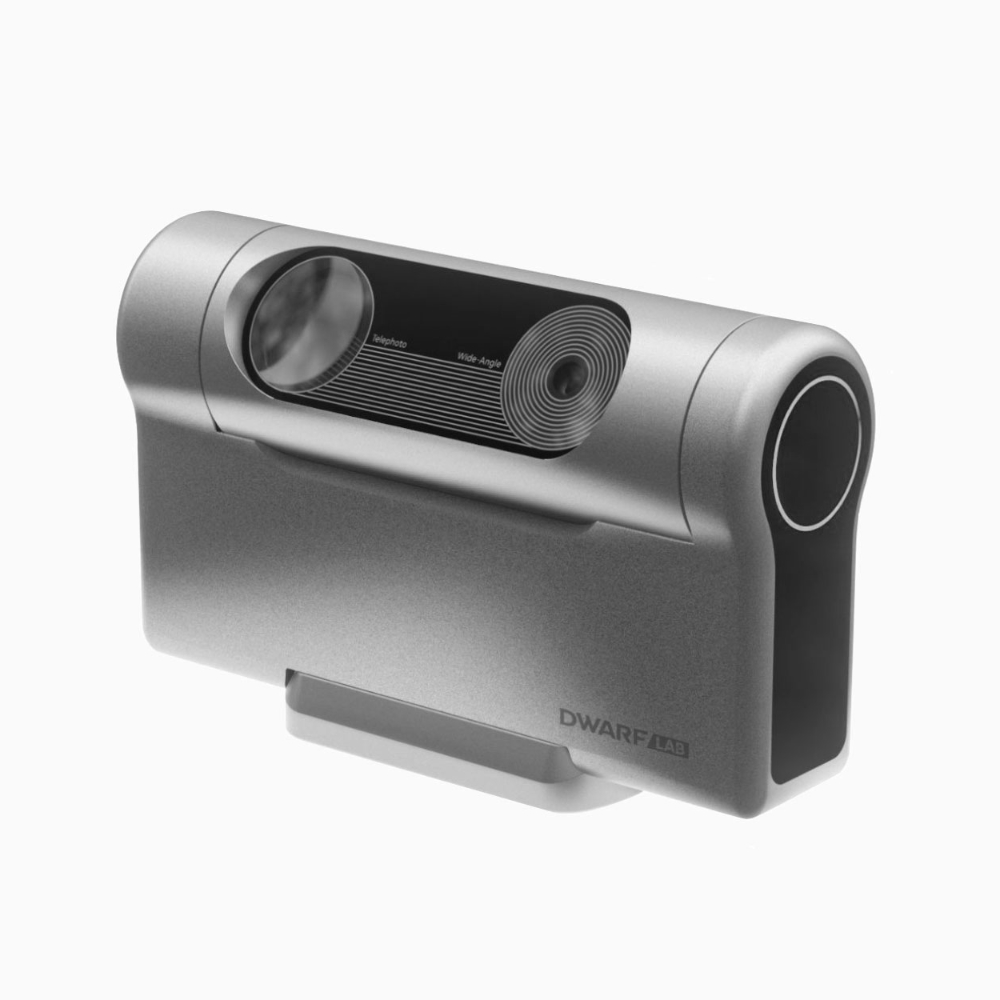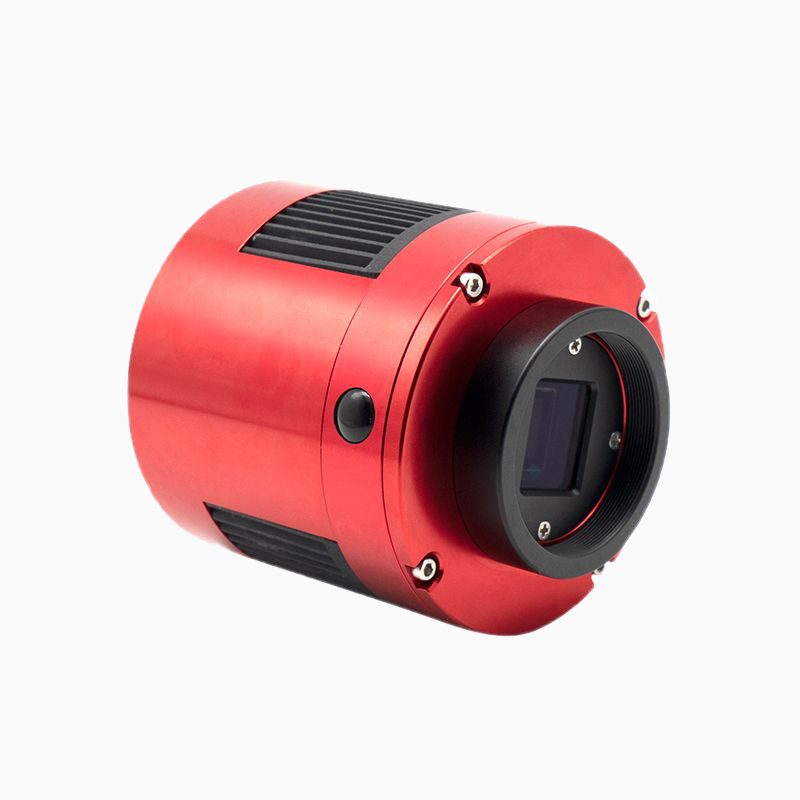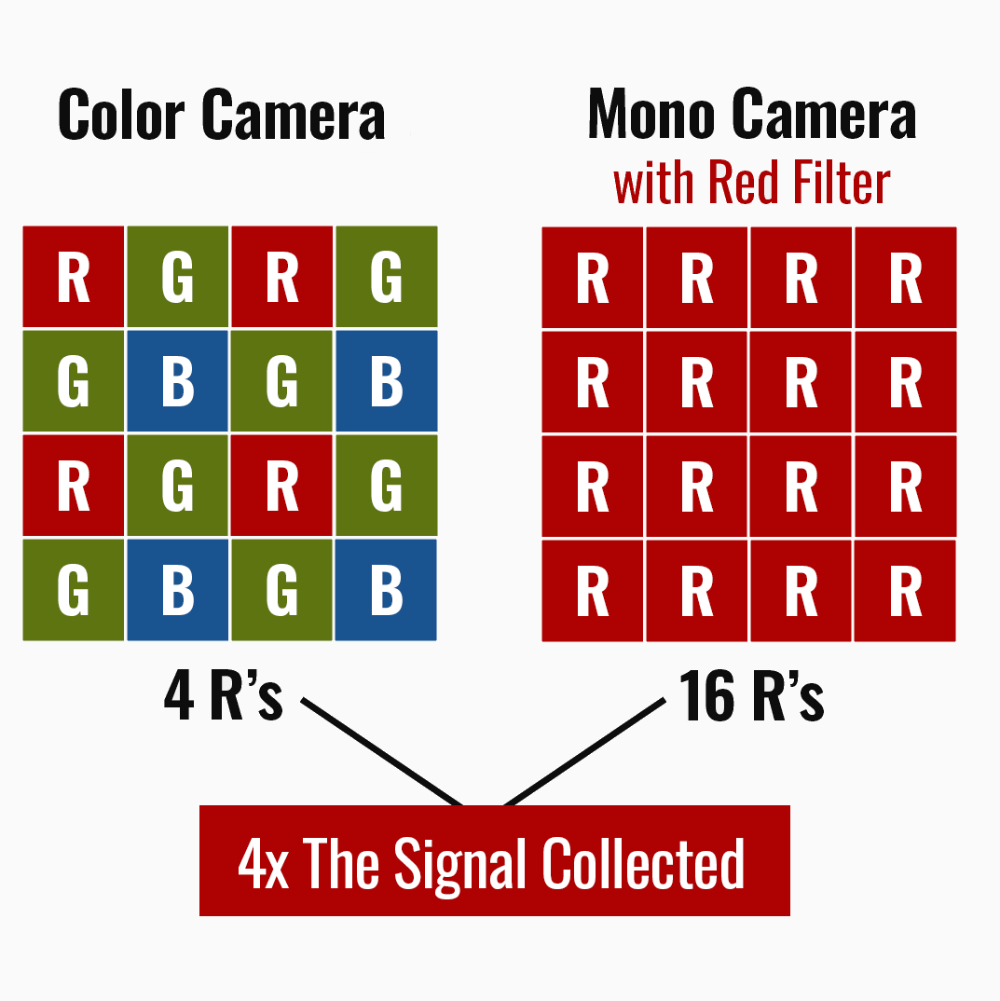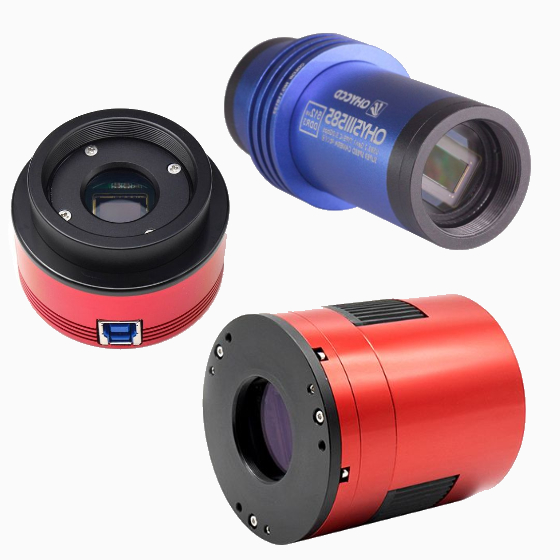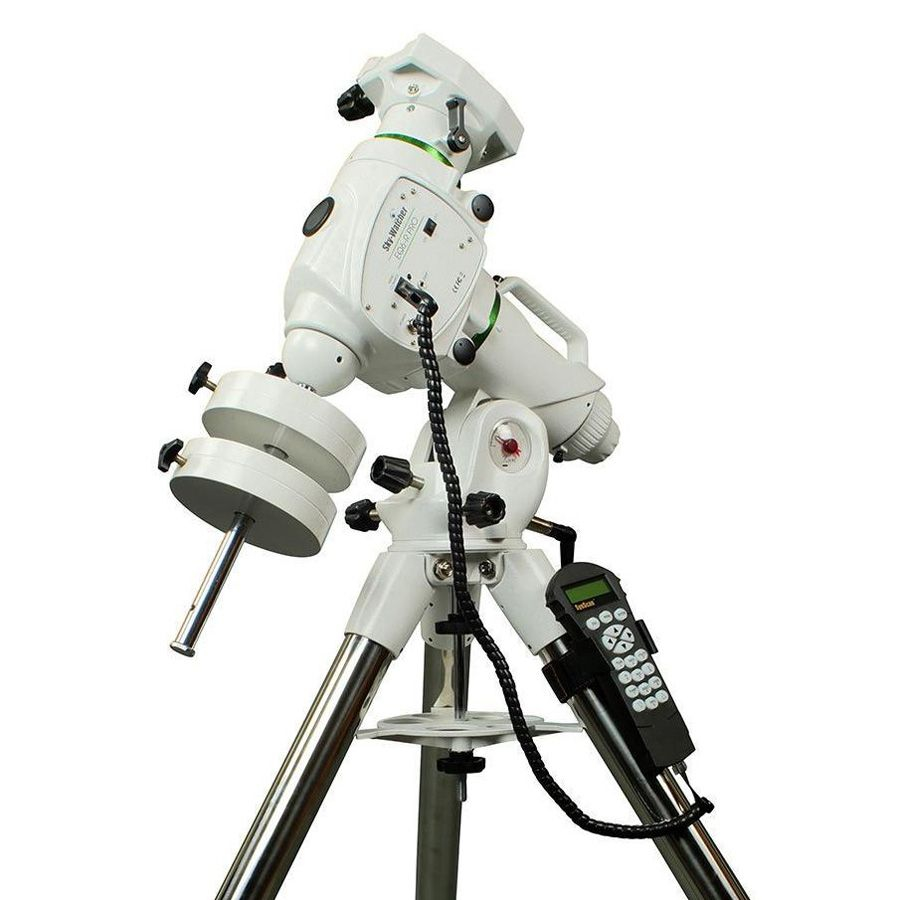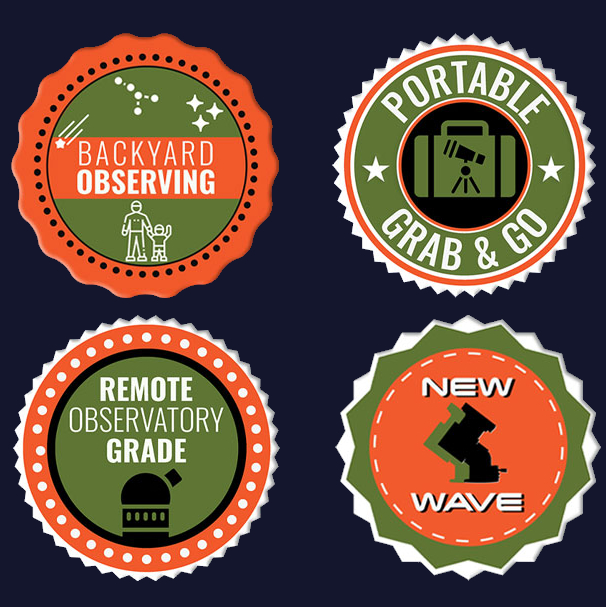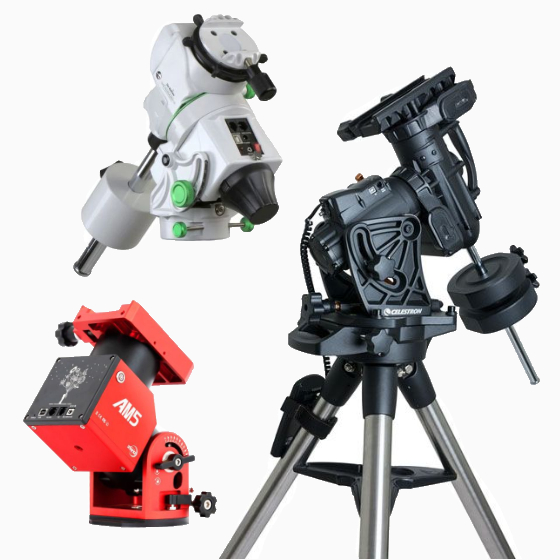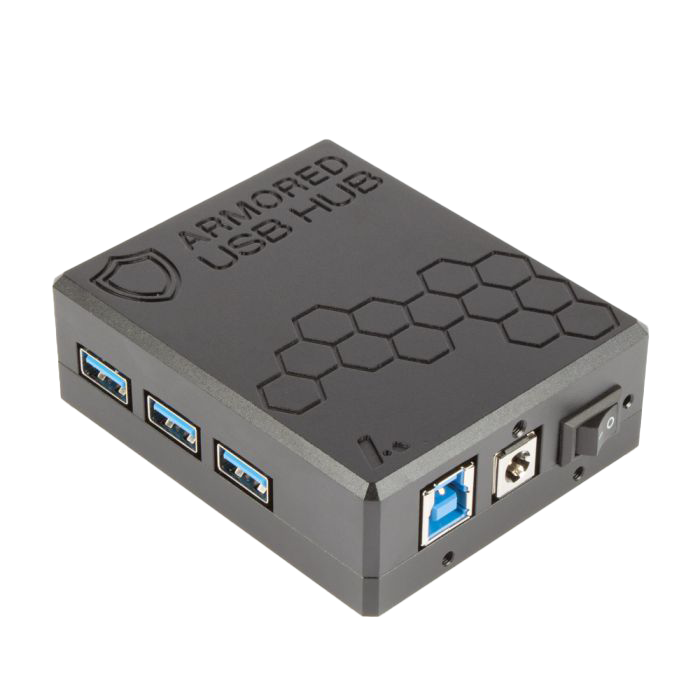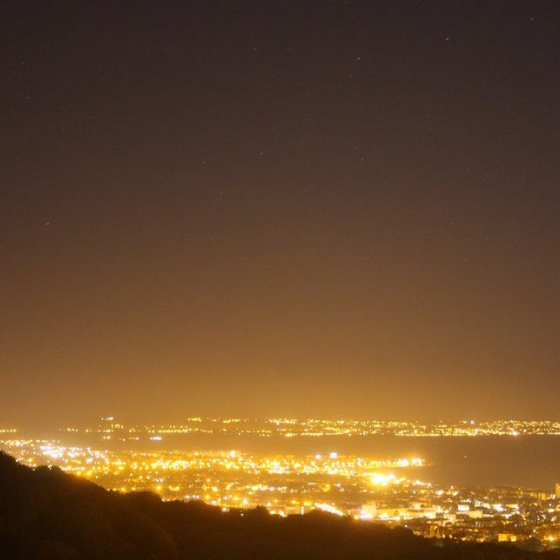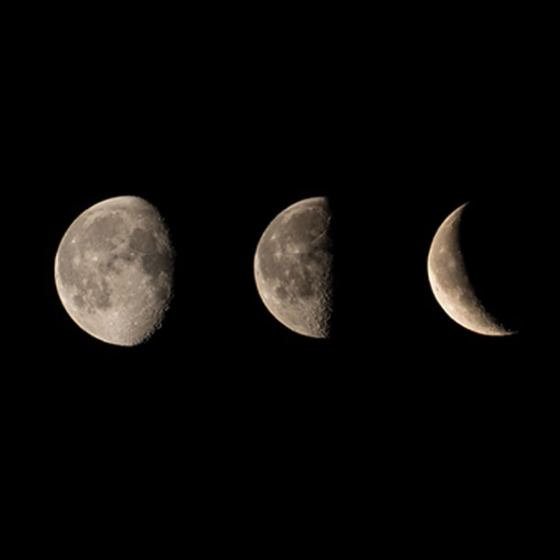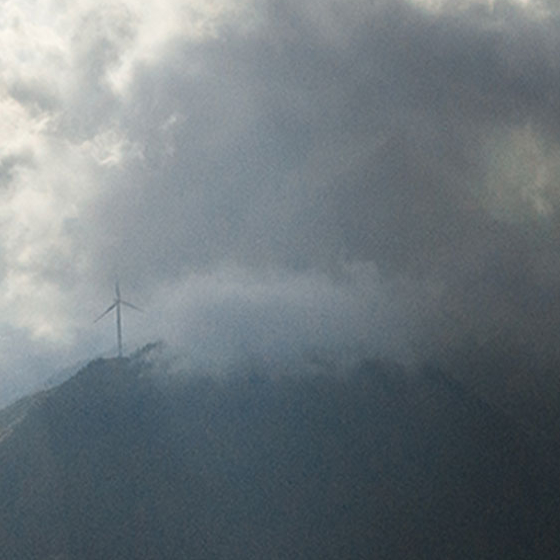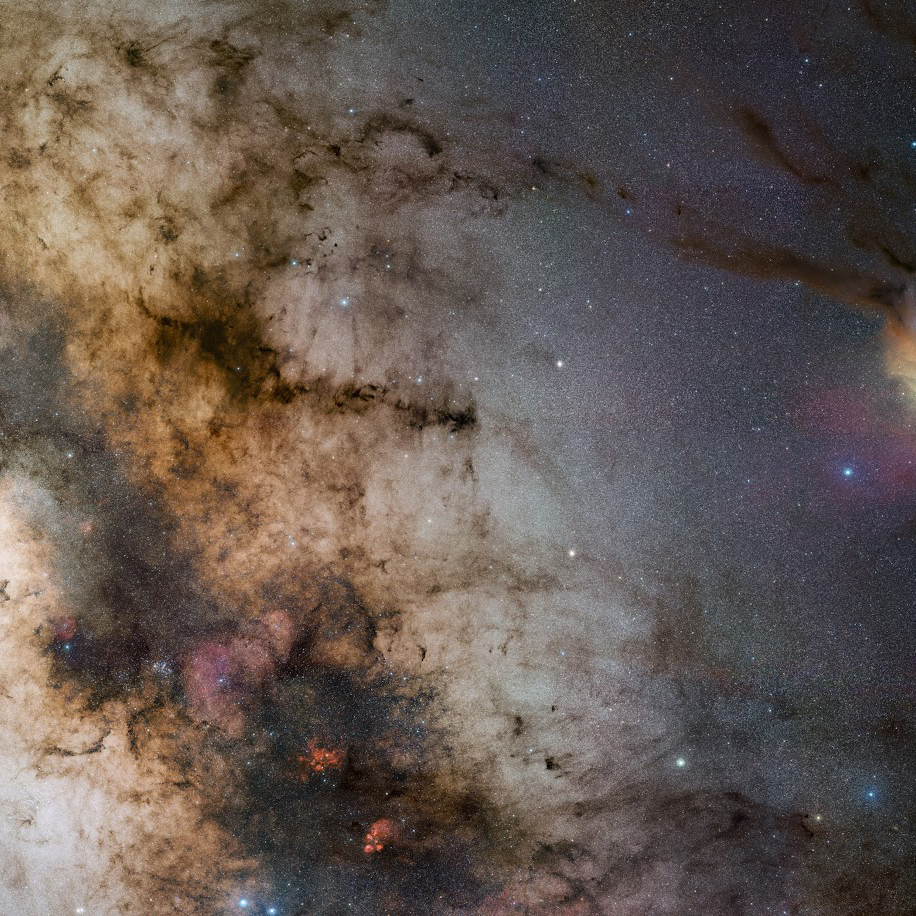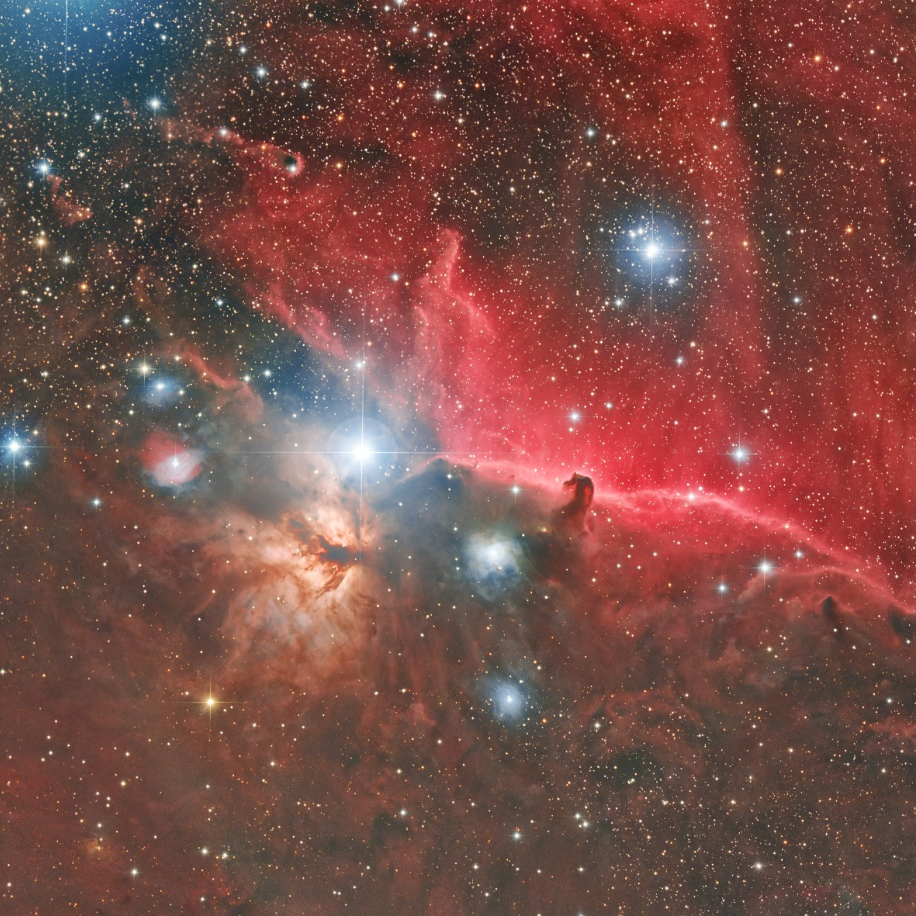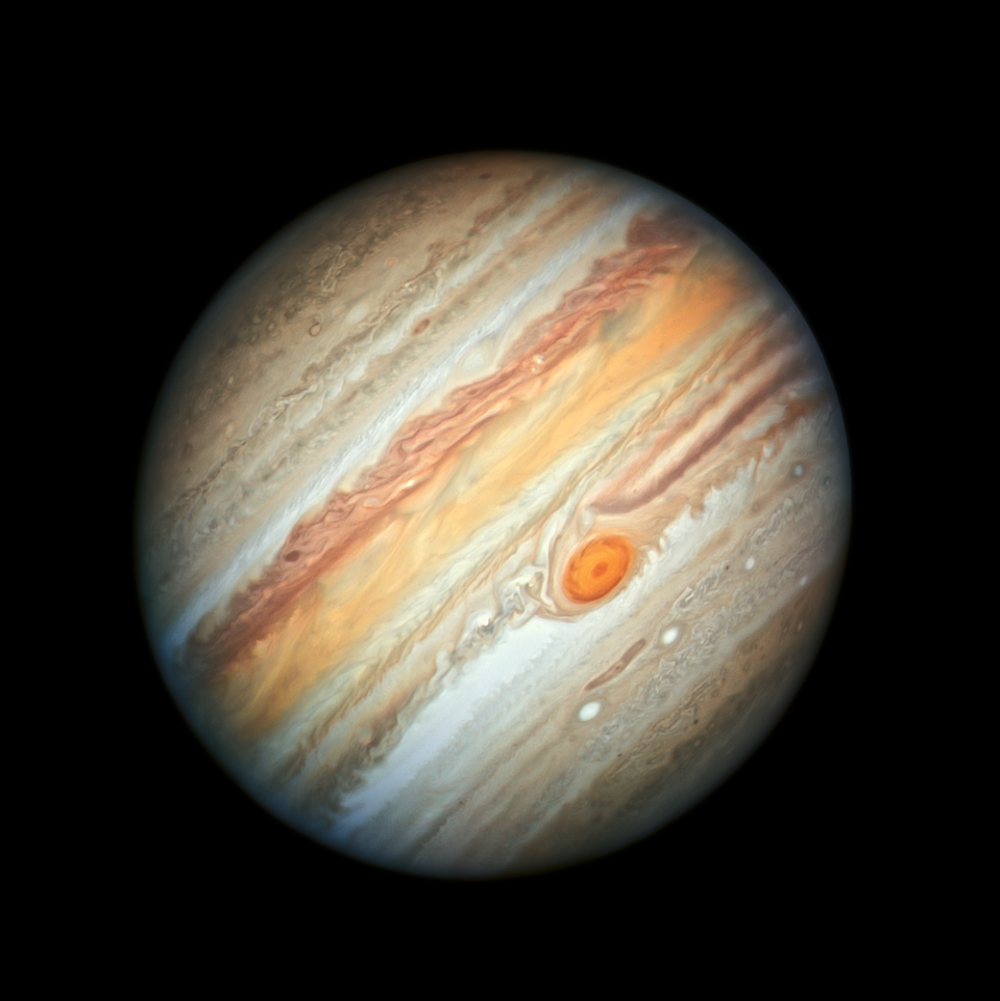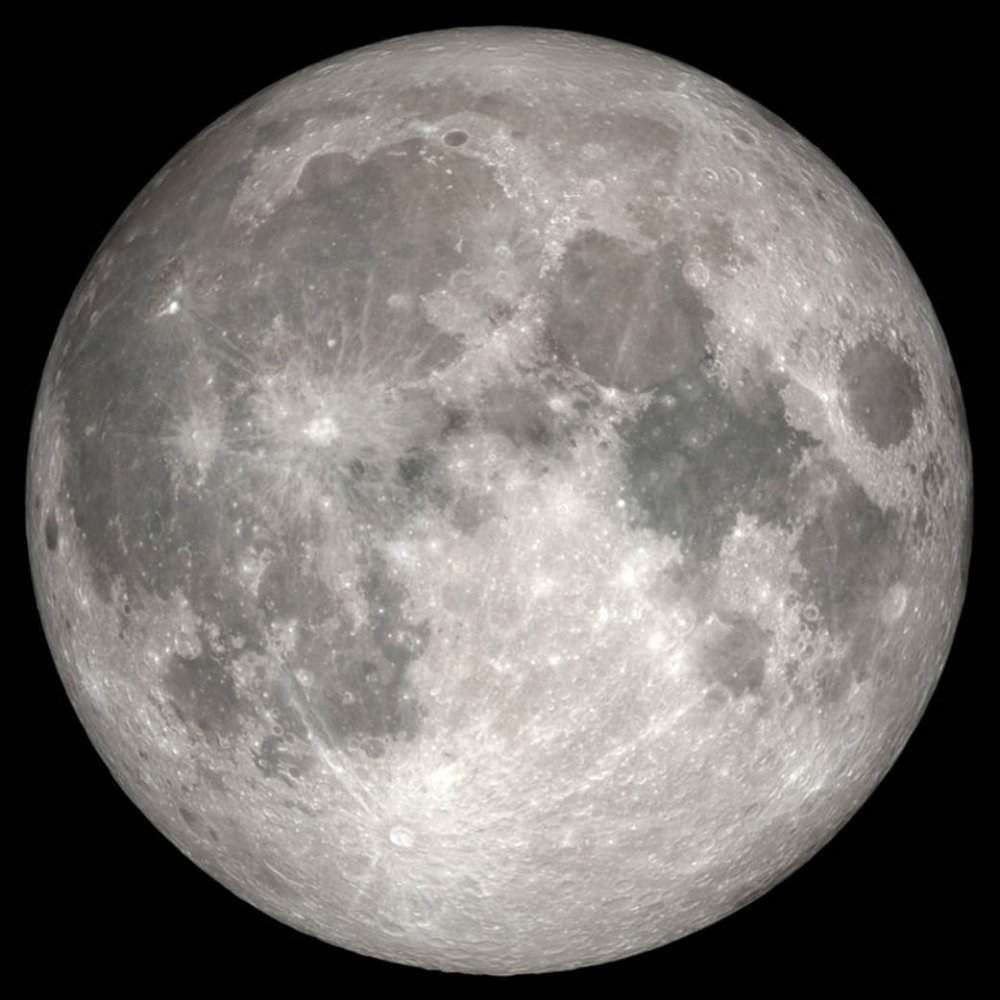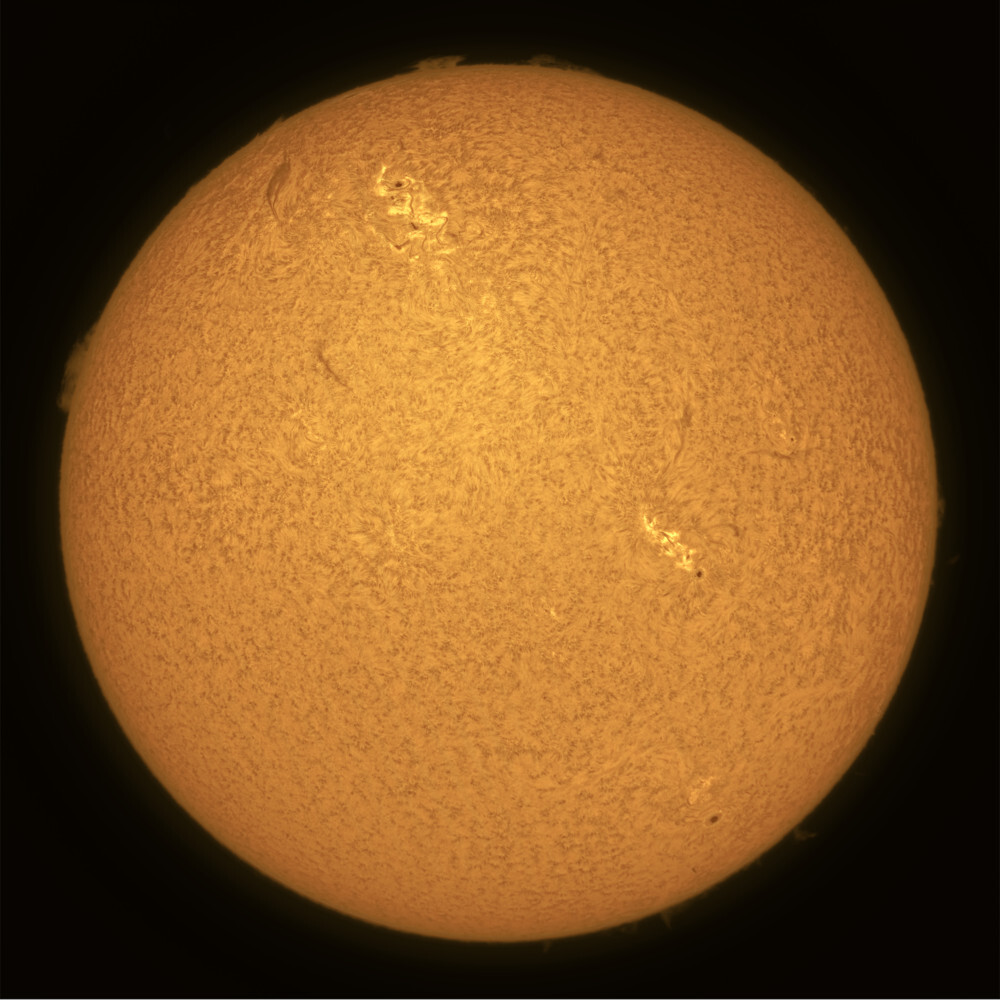Astrophotography
This refers to photography of astronomical bodies and phenomena. Astrophotography is not new, for example the popular T threading still used today harkens from Tamron’s T-mount developed for their 35 mm cameras - however it has seen a notable increase in popularity with improvements in cameras, mounts, filters, and software making astrophotography much more accessible. This is not limited to celestial bodies such as nebulae, planets, or galaxies either, as solar imaging is now more within the reach of the average consumer than ever before.
Autoguiding
Autoguiding is a process which utilizes a smaller telescope, referred to as a guide scope, and an additional camera sensor, known as a guide camera, to assist your mount in its tracking precision. Alternatively, this can be achieved using an Off-Axis Guider (OAG), which is fitted within your primary imaging train. An OAG uses the light captured by your telescope and sends it to your guide camera via an internal prism. So, how does autoguiding actually work? Your guide camera will take a constant series of short exposures (typically 1-3 seconds each) that will then be analyzed by software. After the software selects the best guide star(s) to guide upon, the goal is to keep these stars as steady as possible from frame to frame. If there is a discrepancy in the positioning of the stars, the guiding software will communicate with the mount to make small adjustments to fix these tracking errors. While it may not be necessary for short exposure astrophotography such as planetary, lunar, or solar, autoguiding is highly beneficial for long exposure astrophotography.
Bortle Scale
The Bortle scale measures how light polluted a particular area is, and classifies the level of brightness from 1 to 9, with 9 being the brightest. This scale is incredibly helpful for astronomers, as the darker the sky, the more celestial objects are able to be discerned.
Calibration Frames
Calibration frames are types of images that are applied to light frames to remove unwanted artifacts caused by a number of different factors. Dark frames are images taken at the same temperature as the light frames, and are necessary to remove hot pixels or other fixed noise for a cleaner image. Bias frames are similar in this aspect, though their purpose is to reduce the sensor’s readout noise seen within the light frames. Another type of calibration frame are flat frames, which remove dust motes or unwanted gradients for a uniform, even field.
Celestial Pole
The north and south celestial poles are positions within the night sky that extend from Earth’s axis of rotation. As the Earth rotates, these poles remain fixed within the night sky as the stars appear to rotate around them. These points on the celestial sphere are incredibly important to astrophotographers, as their equatorial mounts must be aligned with these celestial poles to achieve perfect counteraction of Earth’s rotation. If in the northern hemisphere, the bright star Polaris is incredibly close to the northern celestial pole, and as such, is denoted as the “North Star.”
Color Camera
Often referred to as One-Shot-Color (OSC) cameras, these cameras are able to produce an image in full color without the use of additional filters. This greatly simplifies the imaging process, and allows astrophotographers to complete a project in far less amount of time. They are especially useful for those who have limited clear nights, where they can go weeks to months without having an imaging opportunity due to their climate. These cameras are excellent choices to image the planets, the Sun, the Moon, and deep space.
Dedicated Astronomy Camera
Dedicated astronomy cameras are cameras which were specifically designed for astrophotographic applications. They are much more sensitive than DSLR or mirrorless cameras, and are perfect for imaging dim, distant objects. Their ability to capture infrared light is incredibly useful when imaging emission nebula, as these types of celestial objects give off wavelengths within this spectrum. Also, depending on the type of astrophotography they were designed for, they are either fitted with high frame rates for capturing the planets, the Moon, or the Sun, or come with an internal cooling system ideal for deep space imaging.
Equatorial Mount
An equatorial mount is an astronomy instrument that features two axes of rotation: right ascension (RA) and declination (DEC). Equatorial mounts also feature an additional axis, called the polar axis, that these RA and DEC axes rotate about. This polar axis is to be lined up with Earth’s celestial pole to accurately counteract Earth’s rotation. These mounts are ideal for astrophotography applications, as the addition of a polar axis eliminates the issue of field rotation within captured images.
Exposure Time
Exposure time is the amount of time the camera sensor is allowed to collect light. In general, the longer the exposure time, the more light collected, and the brighter the image will become. This should be selected with caution though, as an exposure time that's too long can oversaturate the pixels and blow out the image, resulting in a loss of signal. Determining the correct exposure time is highly dependent on the aperture of the optics as well as the gain settings used. A larger aperture will produce a brighter image than that of a smaller aperture with the same exposure time. In a similar fashion, an image with a higher gain setting will be brighter than a lower gain setting image with equal exposure time. Finding the perfect balance between the aperture, gain, and exposure time will maximize image quality.
Focal Length
The focal length is the distance, usually measured in millimeters, between the primary mirror or lens and the point at which the image comes to focus. Generally, classic refractors have a longer focal length, Newtonian reflectors tend to have a focal length that is shorter, and Schmidt-Cassegrain fall somewhere in the middle.
Focal Ratio
The focal ratio is calculated by dividing the aperture (mm) of the primary mirror or lens into the focal length. Example: 2500 mm divided by 254 mm (10") equals an f/ratio of 9.84, which is usually rounded off, in this case to f/10. The focal ratio signifies how quickly a telescope gathers light and tells us something about the telescope's field of view, how long exposures will take during astrophotography sessions, and how much magnification the eyepiece will produce for that telescope.
Bahtinov Mask
A Bahtinov mask is a tool that aids the user in finding optimal focus and was created by Russian astrophotographer Pavel Bahtinov in 2005. This type of focusing aid creates 3 diffraction spikes over a bright star within the field of view. While adjusting the focus knob, the point in which the three lines intersect perfectly over the star result in perfect focus. This tool is widely used by astrophotographers worldwide and creates an effortless focusing routine.
Frame Rate
In the realm of astrophotography, frame rate refers to the amount of frames captured within a given second — i.e. FPS. Selecting the FPS is an important aspect when imaging the planets, the Moon, the Sun, or when autoguiding. In general, the higher the frame rate, the better, as the more images there are to stack, the sharper the final image will become. It’s important to keep a balance between frame rate and the exposure of the subject, however, as too high of frame rate will require increased gain, which in turn increases noise.
German Equatorial Mount
A German equatorial mount is a specific type of equatorial mount created by Joseph von Fraunhofer in 1824. These mounts feature a design that places the telescope on one side of the declination axis, which is offset by counterweight(s) on the opposite end. The declination and right ascension axes meet each other within a T-joint. This T-joint is aimed at the north or south celestial pole, parallel to Earth’s axis of rotation, and rotates about this polar axis. With these three axes, these mounts are popular within the astrophotography community due to their ability to counteract Earth’s rotation without presenting field rotation within the captured images.
Guide Camera
A guide camera has the important job of assisting your mount with its tracking capabilities. It does this by capturing constant frames of the night sky, usually 1-3 seconds each, that are then sent to autoguiding software.
The software analyzes the field of view, selects guide stars and determines their center of mass, then compares each incoming frame to this calculated center of mass. If any discrepancies are found between the captured frames, the software will then communicate with the mount to fix these errors.
Image Capture Software
Astrophotography image capture software are specialized pieces of software designed to operate your astrophotography equipment. There are plenty of options available, though some of the most popular ones are N.I.N.A, Astro Photography Tool, Sequence Generator Pro, and SharpCap, just to name a few. These applications have been designed to provide seamless imaging sessions, allowing extensive opportunities such as target selection, target framing, plate solving, autoguiding, image acquisition, camera cooling, automation, and plenty more.
Imaging Train
Your imaging train is your telescope, camera, and any other accessories that are fixed between them, such as filters, filter wheels, off-axis guiders, focal reducers, etc.
Incoming Light
The term incoming light refers to the photons emitted by the celestial object being imaged. These photons are collected by your telescope and camera, then converted into signal.
Light Pollution
Light pollution is the brightening of the atmosphere due to lights from streetlamps, other forms of artificial light, and even the Moon. As light enters the atmosphere, it washes out the night sky, making it very difficult to observe the stars, nebulae, and planets. In order to combat light pollution in astrophotography, special filters have been developed to cut through excess light and enhance images. These filters are known as City Light Suppression filters, commonly referred to as CLS filters.
Monochrome Camera
Monochrome cameras deliver the most detail and sensitivity out of all other camera options. Color cameras have an arrangement of pixel filters in a 2x2 grid, typically consisting of two green, one red, and one blue, which is then repeated across the entire sensor in what is known as a Bayer pattern. Monochrome cameras however, have photosites that do not contain an alternating pattern of those red, green, and blue light pre-filters. Instead, their photosites collect all incoming light regardless of color – allowing for up to 3x the collection of signal (red, green, and blue light). Because the camera itself is not pre-filtering each color, in order to produce a full color image, they must be paired with filters to create a full color image. These filters can range from simple RGB filters to narrowband filters, and the collected data is then combined in a photo editing software. Though light is still passed through an external filter, every pixel well is utilized, resulting in 4x more red or blue signal and 2x more green signal compared to a color camera.
New Moon
New moon marks the beginning of a new cycle of moon phases. This is where the Moon seemingly disappears from the sky, as its non-illuminated side is facing us. Because of the lack of moonlight shrouding dim celestial objects, this phase of the Moon is important to astronomers and astrophotographers. The moon will soon appear as a crescent as it continues to orbit the Earth.
Imaging Newtonian
An Imaging Newtonian is a fast reflector telescope that is normally optimized for astrophotography or astro-imaging. Most Imaging Newtonian telescopes have an f/5 focal ratio or less, and some are not meant for visual use at all but rather, were designed to be dedicated imaging telescopes. It is common to find fast imaging Newtonian reflectors for sale as optical tube assemblies only, allowing the astro-imager to use his choice of equatorial mount.
Off-Axis Guider (OAG)
As opposed to using a guide scope, off-axis guiders are fitted into the main imaging train itself, and utilizes the incoming light from the primary telescope for guiding. It achieves this via an internal prism that sends light into the guide camera. When using traditional guide scopes, these scopes can alter in position slightly through the night of imaging, causing the issue of differential flexure. But utilizing the main imaging rig’s incoming light, off-axis guiders eliminate this issue.
Payload Capacity
The payload capacity of a telescope mount is the maximum weight it can carry. It’s important to respect the rated payload capacity, as exceeding this limit can result in serious damage to the mount, or to the gear riding atop.
Plate Solving
The process of plate solving involves software analyzing a captured frame and comparing the star patterns to a database to determine the exact pointing position of the telescope. This procedure is incredibly helpful in Go-To processes, allowing the user to slew directly to the desired object with the click of a button.
Polar Alignment
Polar alignment is the process of aligning a telescope mount’s polar axis with the Earth’s axis of rotation. By having these two axes parallel to one another, precise counteraction of the Earth’s rotation can then be achieved. While a typical process of equatorial mounts that have three inherent axes of rotation, a similar effect can also be achieved by utilizing an equatorial wedge with two-axis alt-azimuth mounts.
Post-Processing
In order to complete an astroimage, it’s necessary to bring the captured frames into software to perform post process editing. This action varies for different types of astrophotography, though in general, it involves image stacking to reduce noise and remove artifacts, and image editing to enhance the captured detail and color.
Peak QE
Camera sensors have differing sensitivities to different wavelengths, which are often described as a percentage of how much light of a certain wavelength is converted to actual signal. These are plotted on a graph, which often overlays the sensitivity of the green pixels, red pixels, and blue pixels for each wavelength. The peak quantum efficiency, or peak QE value, is the highest percentage measured across all of the pixels on the camera sensor.
Refractor
A refractor is a type of telescope that utilizes lenses to focus the light into an eyepiece or a camera sensor. In general, how well the refractor performs at correcting incoming light depends on the number of lens elements fitted within the optical tube, as well as the type of glass and coatings utilized. For instance, a triplet refractor with three lenses performs better than a double refractor with only two lenses. As opposed to reflector style telescopes, refractors require less maintenance as they do not have to be collimated periodically, and are generally much more portable due to their compact size.
Schmidt-Cassegrain
The acronym SCT stands for Schmidt-Cassegrain Telescope, one of the most popular telescope designs in amateur astronomy today. A Schmidt-Cassegrain, which belongs more broadly to the Catadioptric telescope type, uses a folded optical design incorporating both mirrors and lenses to gather and bring the light to focus. The folded light path allows for a short tube assembly even with relatively large apertures of 8" or more. A shorter tube length makes the SCT far more portable than a classic Newtonian or refractor of the same aperture.
Seeing Conditions
This term refers to the overall clarity of the night sky at any given time and within any given location. This clarity fluctuates constantly, as it is based on numerous different atmospheric conditions, such as humidity, turbulence, high clouds, heat, and plenty more. To give an example, you may have witnessed stars in the night sky “twinkle.” This is due to our atmosphere distorting their incoming light, causing a twinkling effect. When it comes to astronomy, especially when observing the planets and the Moon, seeing conditions are very important to consider, as these distortions can cause the subjects to become blurred and unfocused. It’s best practice to observe celestial objects when the atmosphere is most stable.
Solar Filter
A filter that blocks the majority of incoming light from the Sun, only allowing a small amount through. These block much more light than sunglasses, tinted glass, or neutral density filters. The superior light blocking ability of solar filters allow for direct viewing or imaging of the Sun and solar eclipses through magnified optics. Without these filters it is not safe for people or camera sensors to directly observe the Sun.
Star Tracker
A star tracker is a mini equatorial mount that has a motorized RA and static DEC axis. They are designed with portability in mind, and as such, are very lightweight and compact. They’re perfect for tucking away in a backpack, and many even run on batteries for heightened portability. While optimal for Milky Way photography and small imaging trains, some models are robust enough for carrying small refractors.
Harmonic Mount
Harmonic equatorial mounts, often times referred to as strainwave mounts, are a type of equatorial mount with unique internal gearing. How these mounts work is as follows: A motor within this mount attaches to an internal wave generator, which is fixed inside of a flexible spline gear. While the motor rotates this wave generator, the flexible spline gear then pushes against the ring gear it’s housed inside of. The coupling of the flexible spline gear and ring gear is what drives the mount. One key advantage of this internal gearing system is that it can work with unbalanced loads, making the use of counterweights optional in most cases. Also, these mounts deliver high torque values, and have impressive weight-to-payload ratios. As such, these mounts are much smaller and more compact than other equatorial mounts, making them ideal for traveling.

